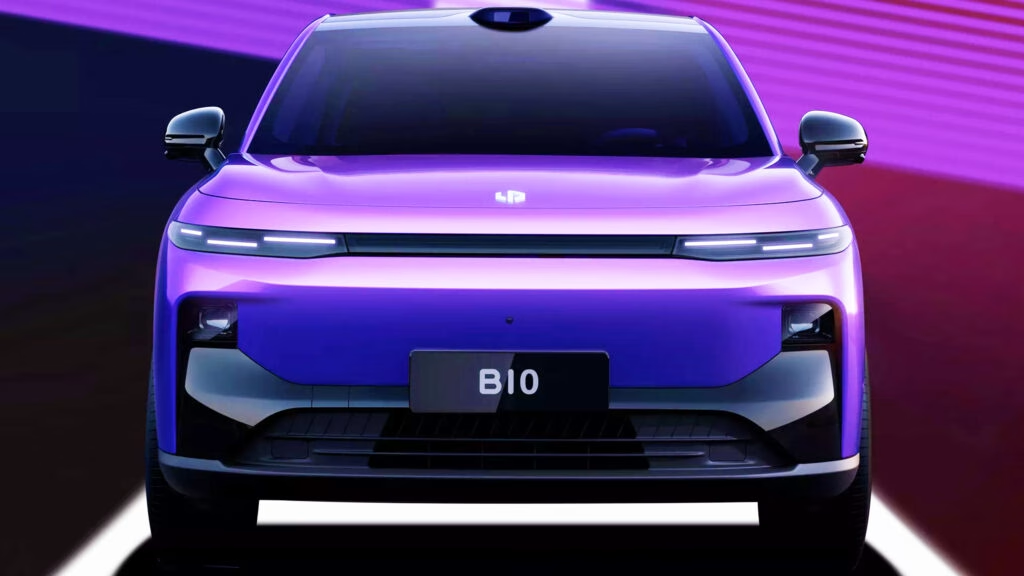How Is Leapmotor Planning to Sidestep Europe’s Steep EV Tariffs?
Leapmotor, a Chinese electric vehicle maker, has found a clever workaround to Europe’s tough new tariffs on imported EVs. Instead of shipping cars directly from China and facing up to 30.7 percent in extra fees, Leapmotor is moving production to Spain. By building vehicles within the European Union, they’ll dodge those hefty charges and keep their prices competitive—a move that’s already turning heads in the industry.
The company’s partnership with Stellantis, one of the world’s largest automakers, is central to this strategy. Stellantis acquired a 20 percent stake in Leapmotor in 2023, along with a controlling share in its international division. This tie-up isn’t just about investment; it’s about giving Leapmotor access to Stellantis’s manufacturing muscle. Stellantis CEO Antonio Filosa recently confirmed that Leapmotor will soon start building cars at one of Stellantis’s Spanish plants, though he kept the exact location under wraps. Industry insiders point to Zaragoza, where Stellantis and battery giant CATL are already constructing a major gigafactory, as the likely site.
Why Is the Leapmotor B10 the Centerpiece of This European Push?
Of all the models in Leapmotor’s lineup, the B10 electric SUV is getting the most attention for Europe. Here’s why: the B10 is positioned as a direct rival to popular models like the Kia EV3, BYD Atto 3, and Honda Kona Electric. With a starting price of €29,900 (about $35,400), it’s aiming squarely at the sweet spot for European EV buyers who want value without sacrificing tech or style.
Leapmotor has already opened order books for the European-spec B10, signaling confidence in its appeal. The company is reportedly investing up to $200 million to get production up and running in Spain, a clear sign that this isn’t just a trial balloon—it’s a full-on commitment to the European market. The B10’s local production will mean faster delivery times, easier compliance with EU regulations, and, crucially, pricing that isn’t weighed down by import duties.
What Happened to Leapmotor’s Previous European Manufacturing Plans?
This isn’t Leapmotor’s first attempt at building cars in Europe. The company previously assembled its T03 minicar at a Stellantis factory in Tychy, Poland. However, that project wrapped up in April, and plans to produce the B10 in Poland were quietly shelved. The reasons? Changing market dynamics, shifting EU policies, and the opportunity to leverage Stellantis’s Spanish facilities, which offer better logistics and access to the growing EV supply chain in southern Europe.
The shift to Spain also aligns with broader trends in the auto industry. As more manufacturers look to localize production to avoid tariffs and supply chain headaches, Spain’s established automotive sector and growing battery infrastructure make it a logical hub for new entrants like Leapmotor.
How Does the Leapmotor B10 Stack Up Against European Rivals?
Let’s get real: the European EV market is fiercely competitive. Brands like Volkswagen, Renault, and Hyundai have deep roots and loyal followings. But Leapmotor isn’t coming in empty-handed. The B10’s blend of affordability, range, and tech features is designed to win over drivers who might otherwise gravitate toward more established names.
For example, the B10’s pricing undercuts several rivals, and its modern design and up-to-date infotainment system are likely to appeal to younger buyers. While full technical specs for the European version haven’t been released yet, early reviews from China point to a solid range and a comfortable, tech-forward cabin. If Leapmotor can deliver on quality and after-sales support, it stands a real chance of carving out a niche.
What Does Stellantis Gain from Partnering with Leapmotor?
On the surface, it might seem odd for a European giant like Stellantis to help a Chinese competitor set up shop in its backyard. But there’s more to this partnership than meets the eye. Stellantis gets access to Leapmotor’s EV technology and platform, which could help it accelerate its own electrification plans. In return, Leapmotor benefits from Stellantis’s manufacturing know-how, distribution network, and regulatory expertise.
This kind of cross-border collaboration is becoming more common as automakers scramble to keep pace with the rapid shift to electric vehicles. According to a 2024 report from the European Automobile Manufacturers’ Association, EV sales in Europe grew by over 30 percent year-on-year, and competition is only intensifying. For Stellantis, having a stake in Leapmotor’s success could mean a bigger slice of that expanding pie.
What’s the Big Picture for European EV Buyers?
For consumers, the arrival of Leapmotor’s B10 could mean more choices and better prices. As more brands localize production and sidestep tariffs, the days of sky-high EV premiums may be numbered. Plus, increased competition tends to push everyone to up their game—expect to see more features, better range, and sharper designs across the board.
The big takeaway? The future of electric vehicles in Europe isn’t about perfection—it’s about smarter adjustments. Start with one change this week, and you’ll likely spot the difference by month’s end. Whether you’re shopping for your next car or just watching the market, keep an eye on Leapmotor and its rivals. The real winners are the drivers who get more for their money, and that’s a shift worth celebrating.

